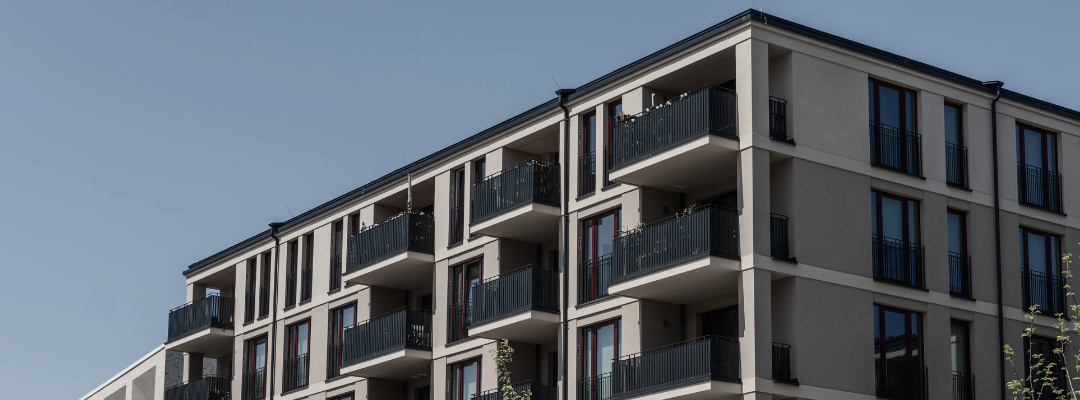


Get in Touch
Speak to one of our team members today and find out more how Black Boots can assist your Safety Case Reporting!
The Building Safety Act 2022 has fundamentally transformed how building safety is approached in England, especially concerning high-rise residential buildings. This pivotal legislation was passed following the tragic Grenfell Tower fire in 2017, which prompted the government to commission the Hackitt Report. The report recommended a new regulatory framework focusing on higher-risk buildings, leading to the establishment of the Building Safety Regulator (BSR).
At the core of this new framework are several critical components designed to ensure stringent safety standards. These include Gateways 1, 2, and 3, which introduce rigorous approval processes at various stages of a building’s lifecycle, as well as Building Assessment Certificates and Safety Case Reports. As the Building Safety Regulator expands its assessment program, it’s more crucial than ever for property professionals to thoroughly understand these evolving requirements.
What is a Building Assessment Certificate?
A Building Assessment Certificate (BAC) is an official document issued by the Building Safety Regulator for higher-risk buildings. This certificate demonstrates that a building meets specific legal duties under the Building Safety Act relating to the prevention of fire spread and structural failure.
It’s important to understand that a BAC provides a “snapshot” of compliance at the time of assessment, it doesn’t guarantee ongoing safety or future compliance. While the certificate offers assurance to residents, visitors, and the public about a building’s safety standards, the Principal Accountable Person (PAP) retains continuous legal responsibilities under the legislation.
The BSR's Assessment Process
The Building Safety Regulator will direct PAPs to apply for a BAC; PAPs cannot self-nominate. Once directed, PAPs have just 28 days to submit their application through an online portal. Failing to apply within this timeframe constitutes a criminal offence.
The assessment itself is carried out by a multi-disciplinary team which consists of the BSR Regulatory Lead, a fire safety specialist, and a structural assessor. This team primarily conducts a desk-based assessment of submitted applications, though site visits can be arranged if deemed necessary.
As part of a BAC submission, PAPs must submit several key elements:
A Robust Safety Case Report
A safety case report is a comprehensive document that offers a snapshot of the building’s safety status. It summarises the measures in place to manage building risks related to fire spread and structural failure, demonstrating that Accountable Persons (APs) have taken “all reasonable steps” to prevent and mitigate those risks.
The Resident Engagement Strategy
A Resident Engagement Strategy outlines how residents and flat owners in higher-risk buildings will be involved in and informed about crucial safety decisions. APs aren’t just required to write this strategy; they must also demonstrate its effective implementation. This commitment to transparency and community engagement is vital for fostering a safe living environment
Information on the Mandatory Occurrence Reporting System
Higher-risk buildings are required to have a Mandatory Occurrence Reporting (MOR) system in place. During the design and construction phases, the Principal Contractor and Principal Designer are responsible for establishing this system. Once the building is occupied, this responsibility shifts to the PAP. The MOR system facilitates the reporting of safety incidents and complaints, ensuring that potential issues are identified and addressed promptly.
Tranche 1
In April 2024, the BSR began its phased approach to BAC applications. They announced they would call up buildings in stages, known as “tranches.” Tranche 1, which commenced in April 2024, included:
- Registered HRBs 50 metres or taller with 11 or more residential units
- Registered HRBs 30 metres or taller with 227 or more residential units
- Registered buildings with Aluminium Composite Material (ACM) cladding on the exterior
- Registered buildings with Large Panel System (LPS) construction built between 1956 and 1973 that have a gas supply and may not have undergone reinforcement works
Tranche 2
As of June 2025, the BSR has expanded its assessment of BAC applications to include additional higher-risk buildings. This next phase, known as Tranche 2, now includes:
- Registered HRBs between 30 and 49.99 metres high with 11 or more residential units
- Registered HRBs between 18 and 29.99 metres high with over 378 residential units
The Importance of Proactive Preparation
The Building Safety Regulator emphasises a crucial point: PAPs for all higher-risk buildings should begin working on their Safety Case Reports immediately. Don’t wait for direct instruction from the Building Safety Regulator, proactive preparation ensures you’re ready when your building is called for assessment.
Last Updated: 30th June 2025



